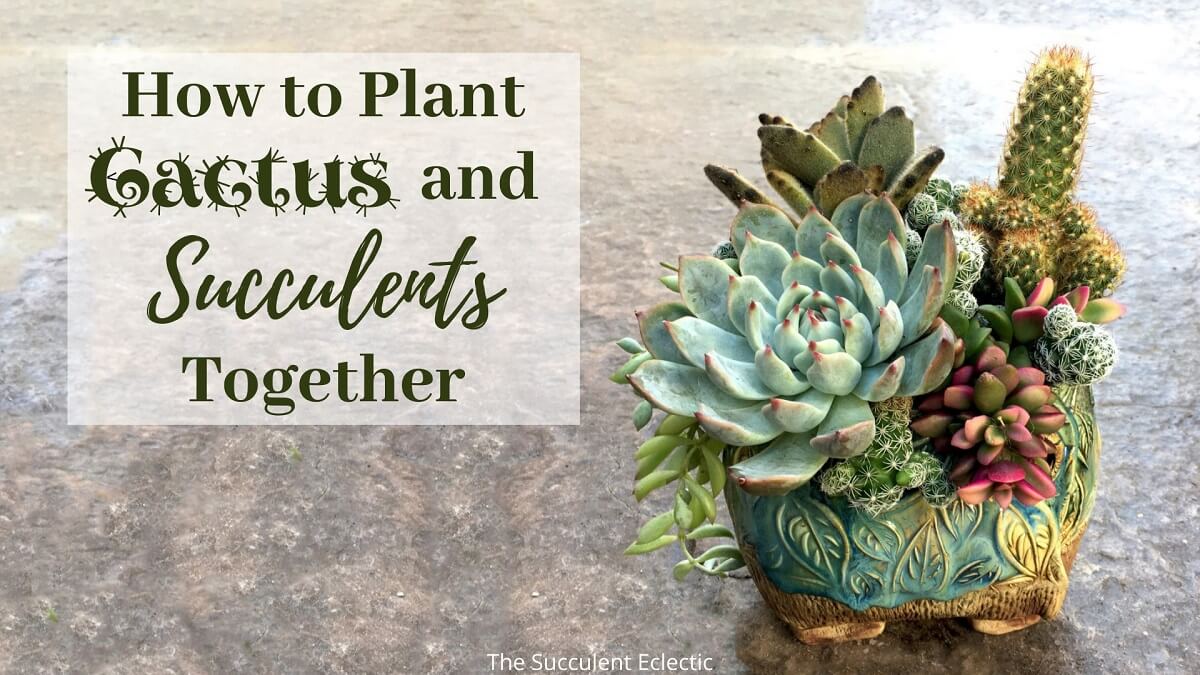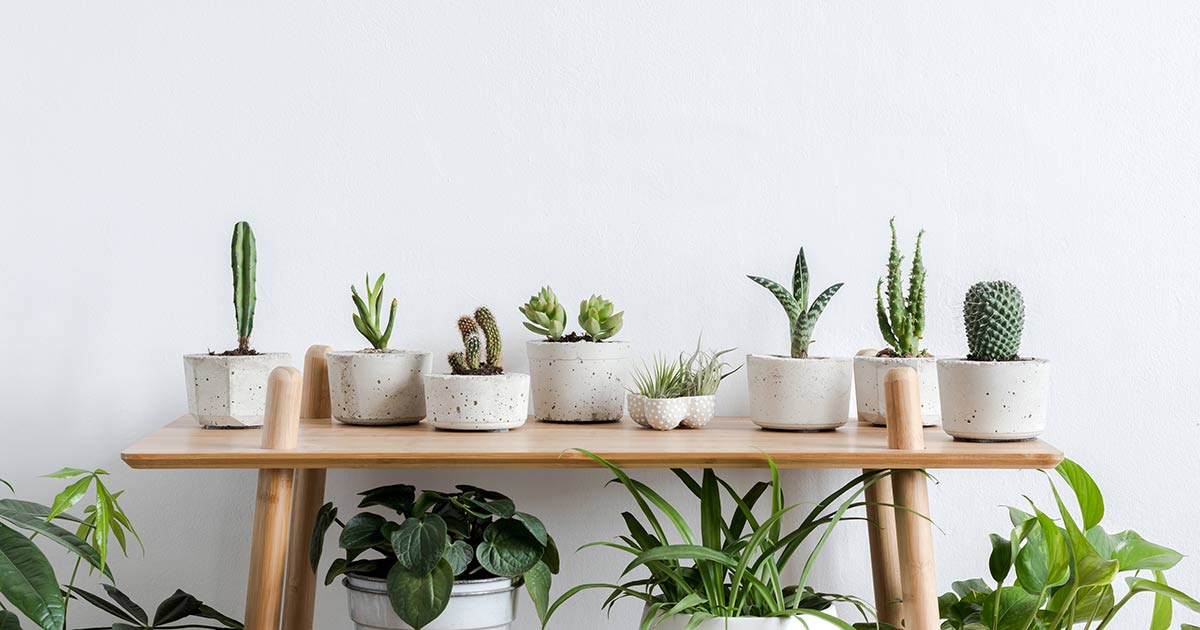The Joy Of Planting Together: How To Grow A Beautiful Garden With Friends And Family
The Joy of Planting Together: How to Grow a Beautiful Garden with Friends and Family
Gardening is a rewarding hobby that can be enjoyed by people of all ages. It's a great way to get exercise, enjoy the outdoors, and connect with nature. But gardening can be even more enjoyable when you do it with friends or family.
There are many benefits to planting together. For one, it's a great way to spend time with loved ones. Gardening can be a fun and social activity that can help you bond with your friends and family. It's also a great way to teach children about nature and the importance of taking care of the environment.
In addition, planting together can help you learn new skills. You can share tips and tricks with each other, and you can learn from each other's mistakes. This can make you a better gardener overall.
Finally, planting together can simply be a lot of fun. There's something special about working together to create something beautiful. And when you harvest your crops, you can enjoy the fruits (or vegetables) of your labor together.
If you're thinking about starting a garden with friends or family, here are a few tips to help you get started:
- Choose a project that everyone is interested in. If you're all passionate about vegetables, then start a vegetable garden. If you're more interested in flowers, then start a flower garden. The key is to choose something that everyone will enjoy working on.
- Set some goals. What do you want to achieve with your garden? Do you want to grow food? Do you want to create a beautiful space to relax in? Once you know your goals, you can start planning your garden.
- Do your research. Learn about the plants you want to grow. What are their needs in terms of sunlight, water, and soil? Once you know what your plants need, you can start planning your garden layout.
- Get organized. Before you start planting, gather all the supplies you'll need. This includes tools, seeds, fertilizer, and soil. You'll also need to decide how you're going to water your garden.
- Have fun! Gardening is a great way to relax and de-stress. So enjoy the process and don't be afraid to experiment.
Here are some additional tips for planting together with friends and family:
- Set aside some time to plan. This will help you make sure everyone is on the same page and that you have all the supplies you need.
- Divide the tasks. This will help everyone feel involved and make the project go more smoothly.
- Be patient. Gardening takes time and effort. Don't get discouraged if your garden doesn't look perfect right away.
- Celebrate your successes. When you harvest your first crops, take some time to celebrate your hard work.
Gardening with friends and family can be a rewarding and enjoyable experience. It's a great way to spend time together, learn new skills, and create something beautiful. So what are you waiting for? Start planning your garden today!
Do you want to make a difference in the world? Do you love plants? If so, then you should check out Plant Together! Plant Together is a community of people who are passionate about plants and sustainability. They offer a variety of resources to help you learn about plants, grow your own plants, and connect with other plant lovers.
Whether you're a beginner or an experienced gardener, Plant Together has something for you. They have a comprehensive library of plant care articles, as well as a forum where you can ask questions and get advice from other plant lovers. They also offer a variety of online courses on topics such as plant identification, plant propagation, and container gardening.
In addition to their online resources, Plant Together also hosts a number of in-person events. These events include plant swaps, workshops, and plant sales. They also have a network of local chapters that you can join to connect with other plant lovers in your area.
If you're interested in learning more about Plant Together, I encourage you to visit their website. You can also follow them on social media to stay up-to-date on their latest events and resources.
FAQ of plant together
Q: What are the benefits of planting plants together?
A: There are many benefits to planting plants together. Some of the most common benefits include:
- Improved plant health: Plants that are planted together can help to support each other's growth. For example, some plants can help to attract pollinators, while others can help to shade or protect their neighbors from the sun.
- Increased biodiversity: Planting different types of plants together can help to increase the biodiversity of your garden. This can attract a wider variety of pollinators and other beneficial insects, which can help to keep your plants healthy.
- Reduced pest and disease problems: Some plants can help to deter pests and diseases. For example, marigolds can help to repel mosquitoes, and lavender can help to repel moths.
- Improved aesthetics: Planting plants together can create a more visually appealing garden. By carefully choosing plants that complement each other's colors, textures, and shapes, you can create a truly stunning display.
Q: How do I choose the right plants to plant together?
A: When choosing plants to plant together, there are a few things to keep in mind:
- Plants with similar needs: It's important to choose plants that have similar water, light, and soil requirements. This will help to ensure that all of your plants will thrive.
- Plants with different heights: Planting plants with different heights can help to create a more visually interesting garden. You can also use taller plants to provide shade for shorter plants.
- Plants with different flowering times: Planting plants with different flowering times can help to ensure that your garden is in bloom throughout the year.
- Plants with complementary colors: Choosing plants that complement each other's colors can create a more visually appealing garden.
Q: What are some common mistakes people make when planting plants together?
A: Some of the most common mistakes people make when planting plants together include:
- Planting incompatible plants: Not all plants are compatible with each other. Some plants can compete for water or nutrients, while others can release toxins that can harm their neighbors.
- Planting too many plants in one pot: It's important to give plants enough space to grow. If you plant too many plants in one pot, they will compete for resources and may not thrive.
- Not considering the mature size of the plants: When choosing plants to plant together, it's important to consider the mature size of the plants. Some plants can grow very large, and if you don't leave enough space, they may outgrow their pot or garden bed.
- Not providing the right care: Even if you choose the right plants to plant together, they won't thrive if you don't provide them with the right care. Make sure to water, fertilize, and prune your plants regularly.
Q: Where can I find more information about planting plants together?
A: There are many resources available to help you learn more about planting plants together. Some of the most helpful resources include:
- Books: There are many books available on the topic of planting plants together. Some of the most popular books include "The Secret Garden" by Frances Hodgson Burnett and "The Complete Gardener" by Monty Don.
- Websites: There are many websites dedicated to the topic of planting plants together. Some of the most helpful websites include "Gardening Know How" and "The Spruce."
- Garden centers: Garden centers can be a great resource for finding information about planting plants together. The staff at garden centers can often recommend plants that will thrive in your climate and give you tips on how to care for them.
Image of plant together
- Succulents and cacti are a popular choice for planting together because they have similar water and light requirements. They can be arranged in a variety of ways, such as in a terrarium, on a windowsill, or in a hanging basket.

- Air plants are another easy-care plant that can be planted together. They don't need soil to survive, so they can be arranged in a variety of containers, such as a glass vase, a coconut shell, or even a piece of driftwood.
- Herbs are a great way to add flavor to your cooking, and they can also be planted together. Some popular herbs to plant together include basil, thyme, rosemary, and oregano.
- Flowering plants can also be planted together, but it's important to choose plants that have similar bloom times. Some popular flowering plants to plant together include petunias, marigolds, and geraniums.
- Indoor plants can also be planted together, but it's important to choose plants that have similar light and water requirements. Some popular indoor plants to plant together include pothos, philodendron, and snake plants.

Post a Comment for "The Joy Of Planting Together: How To Grow A Beautiful Garden With Friends And Family"